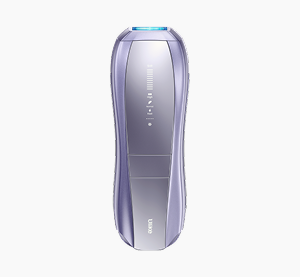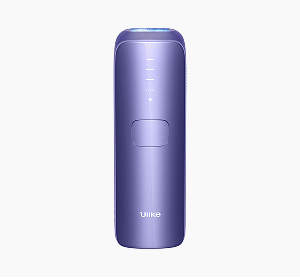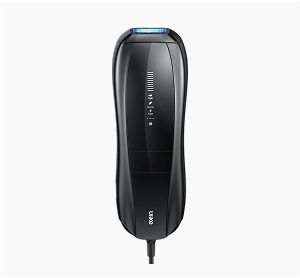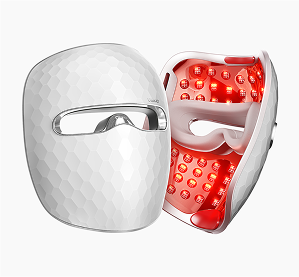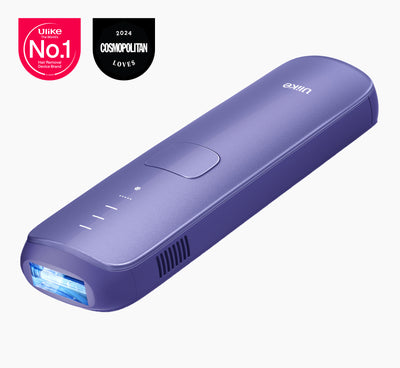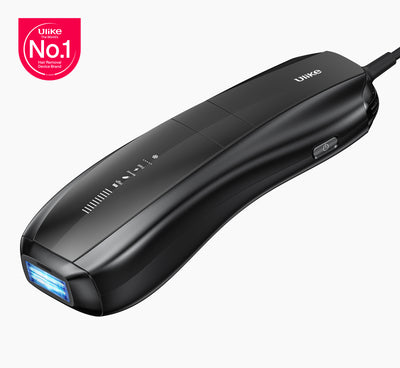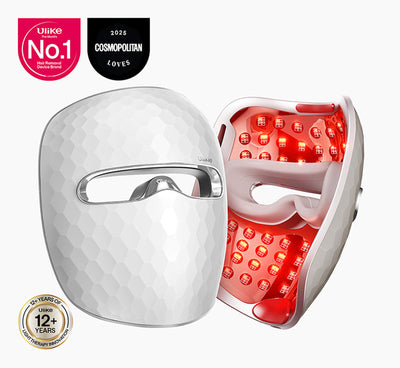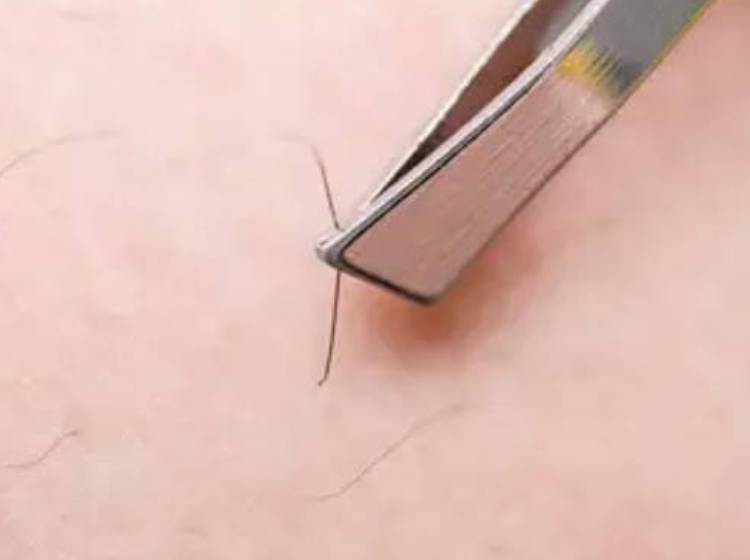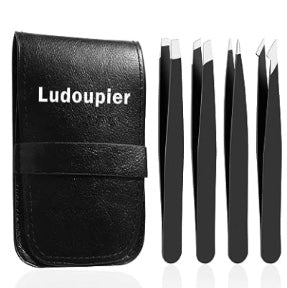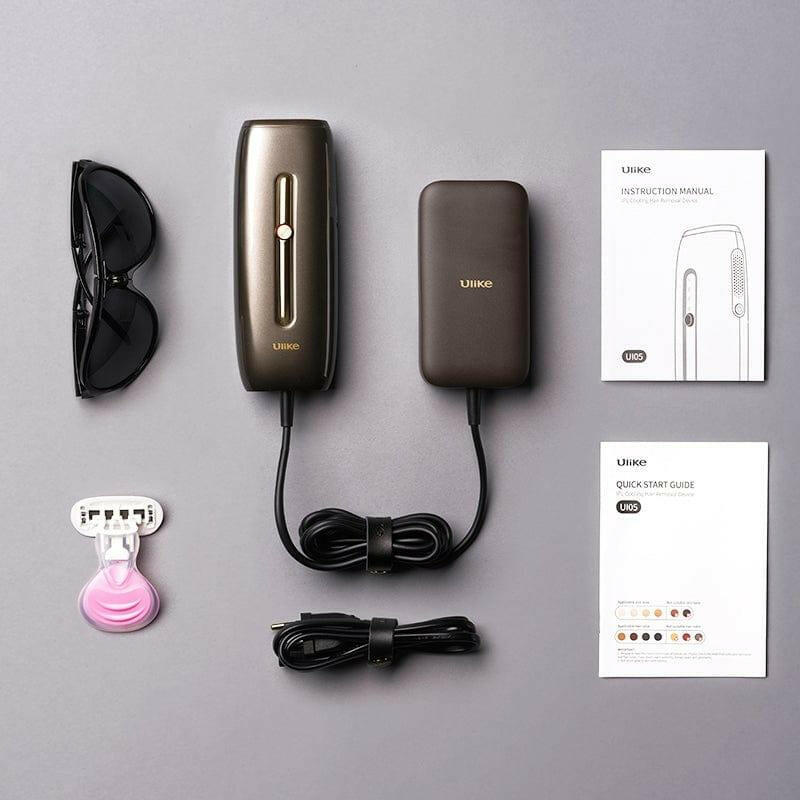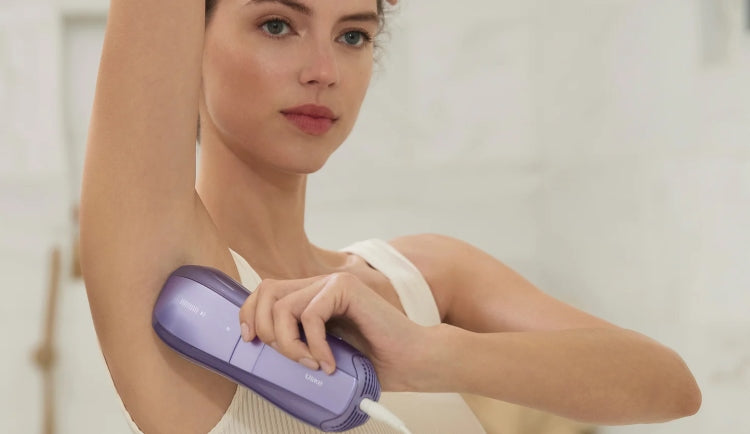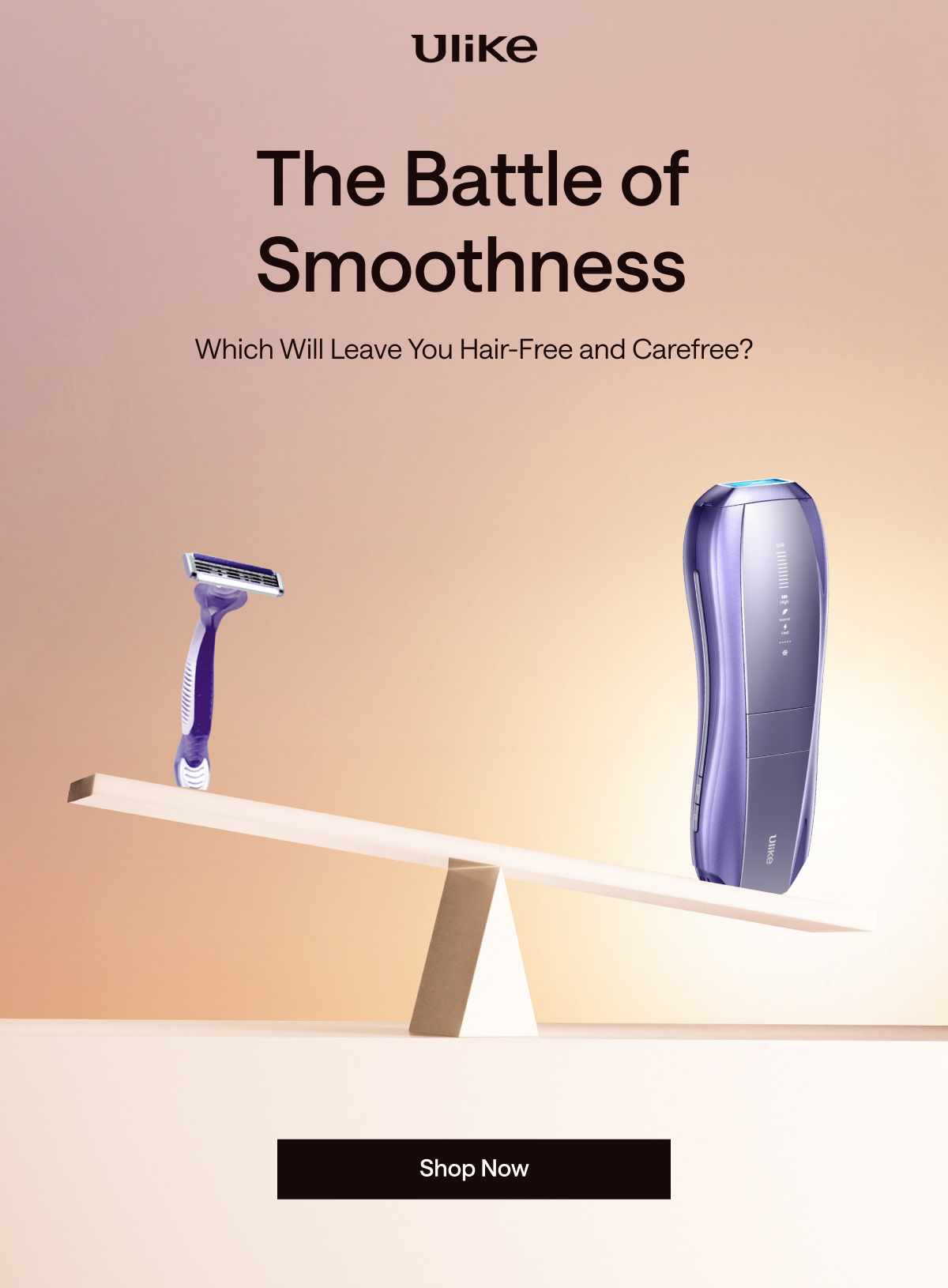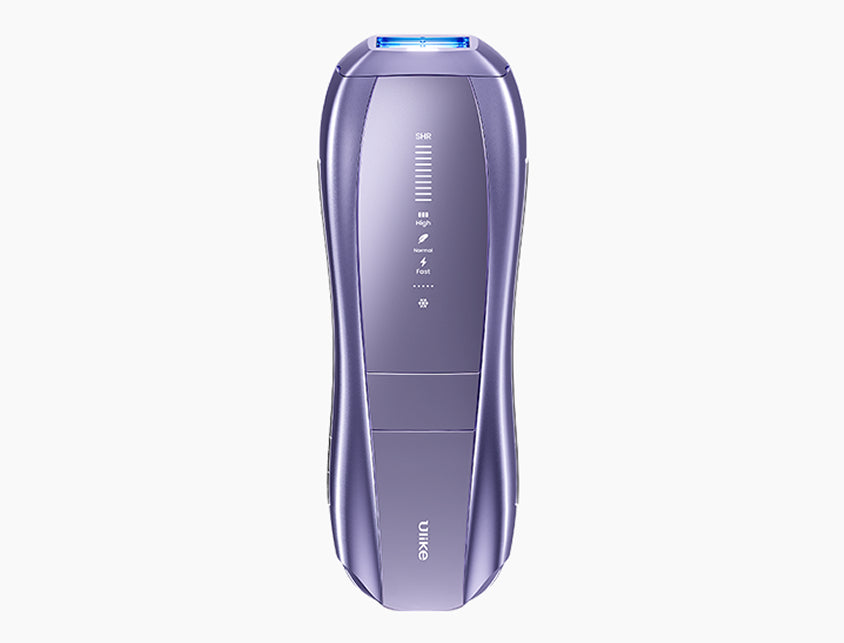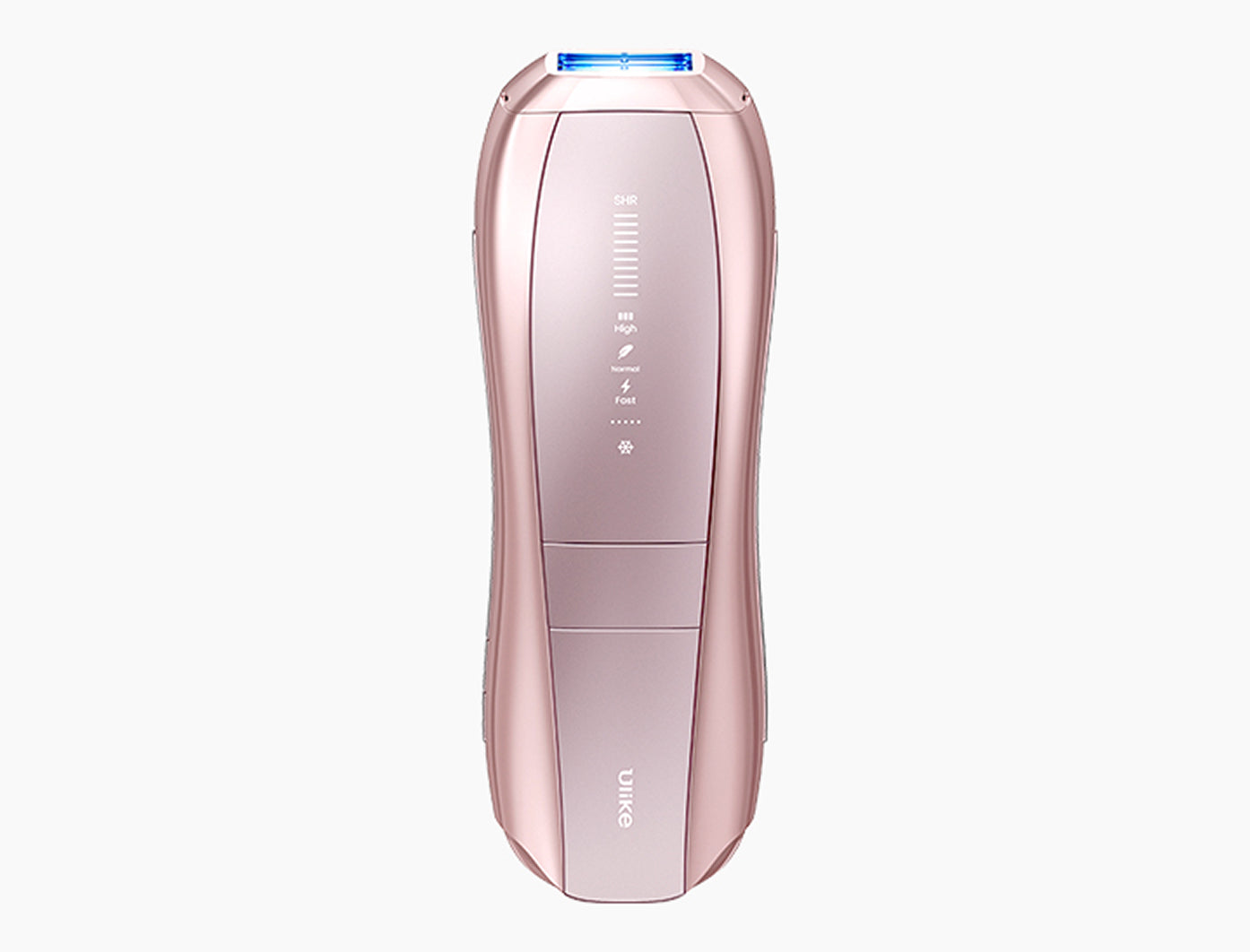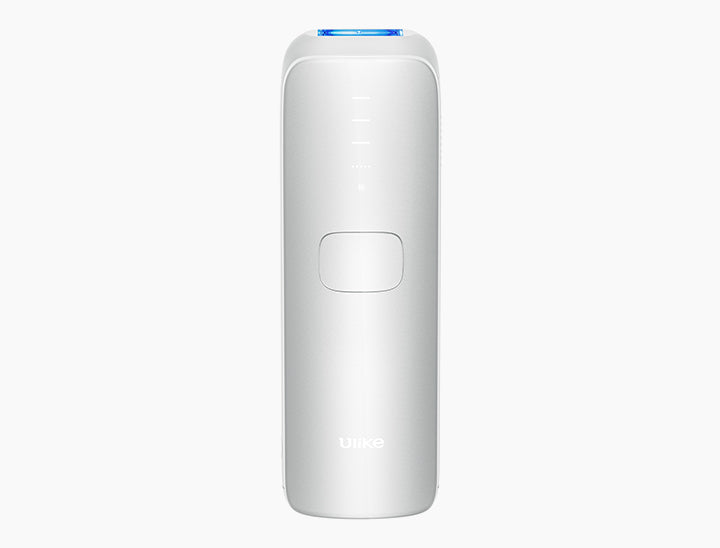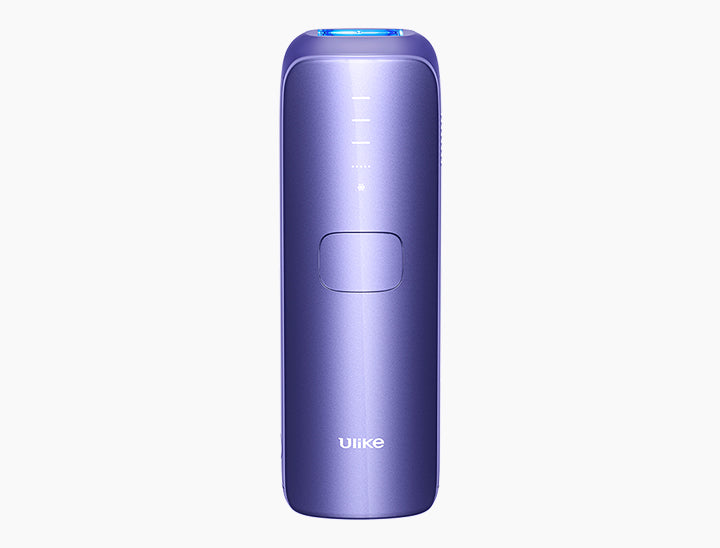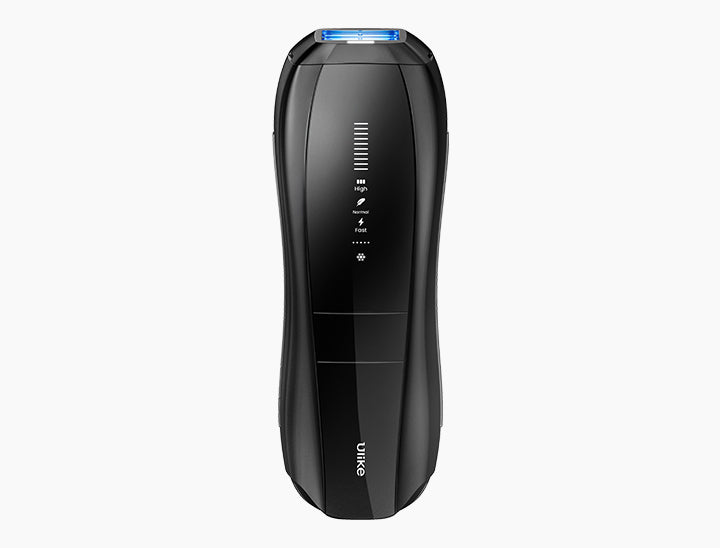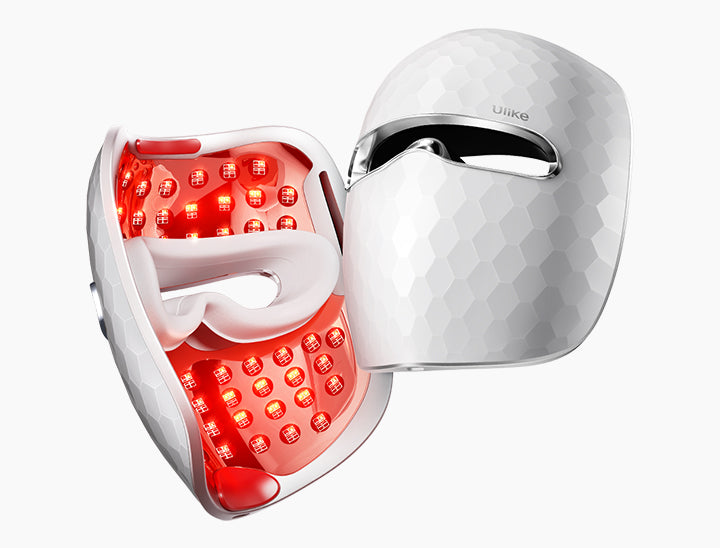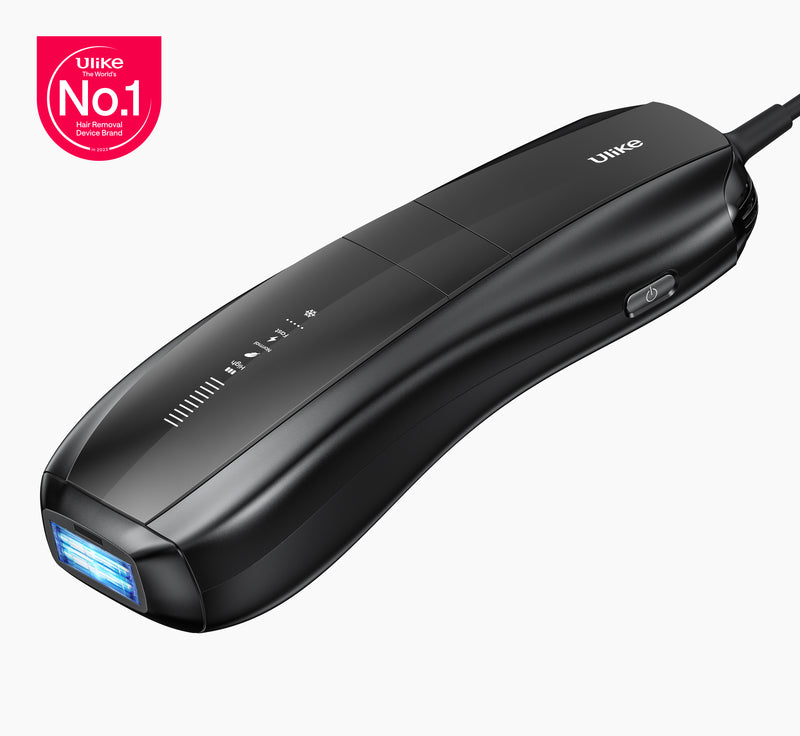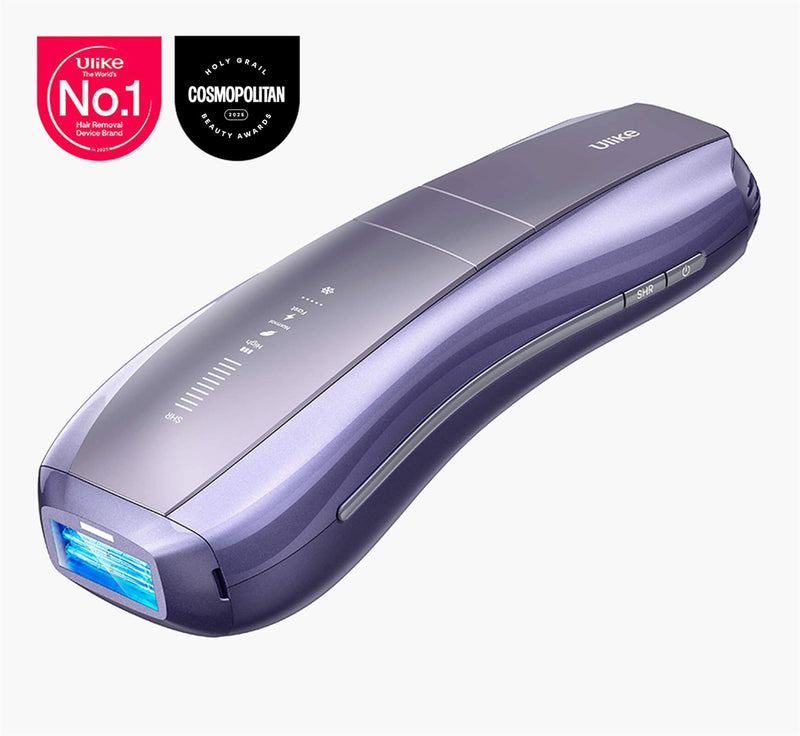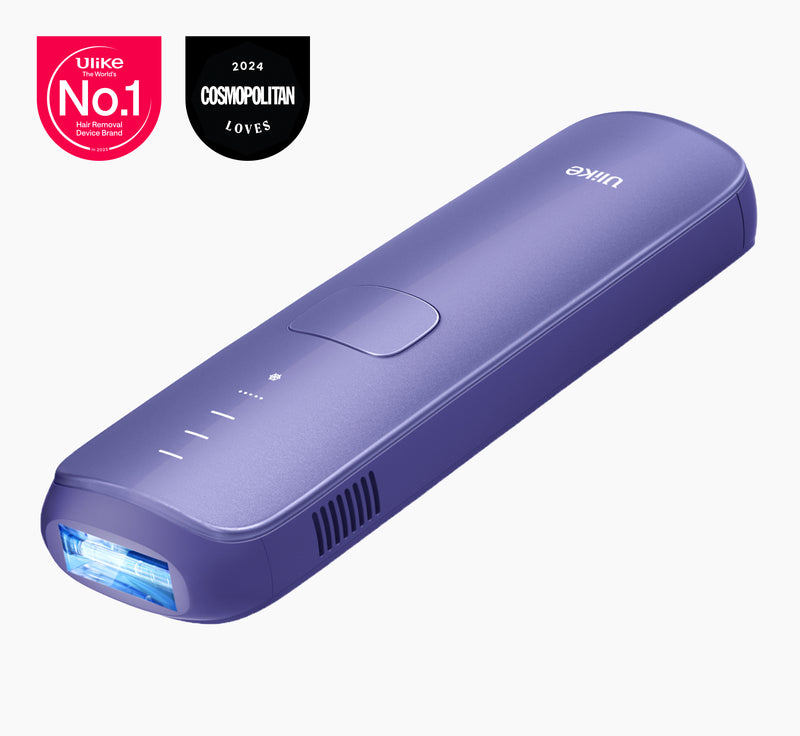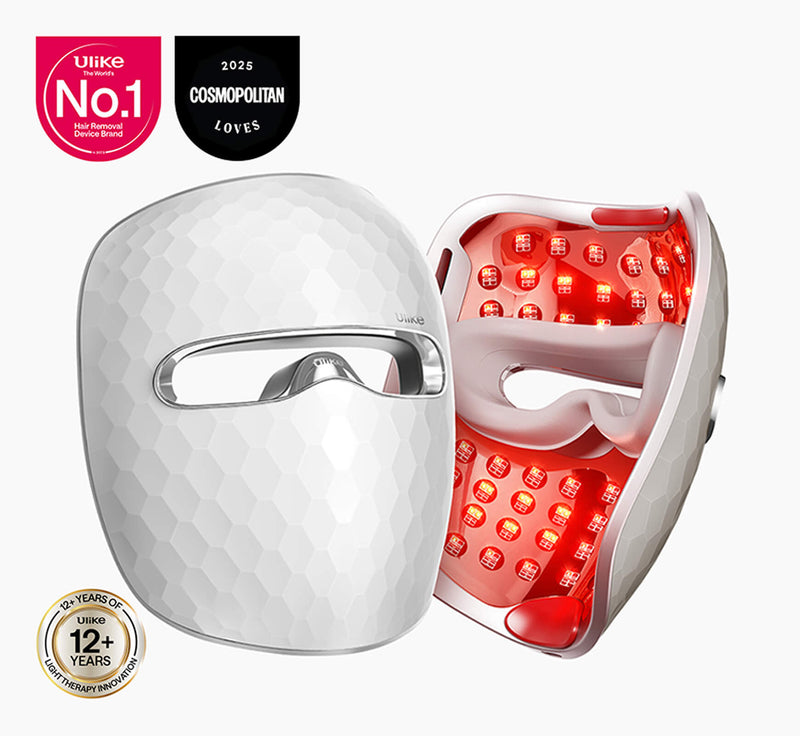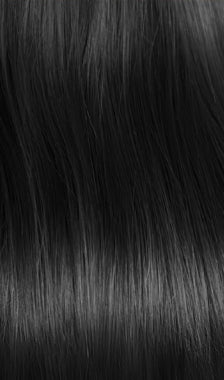Just like waxing, plucking unwanted hair removes the hair from the roots. Just like waxing slows down hair growth by putting trauma to follicles, people consider that plucking also stops hair growth if you pluck the hair appropriately.
Understanding the process is key; removing hair from the roots can lead to a longer duration before regrowth occurs.
So, do also feel the same and learn about how to pluck hair so it won’t grow back after? If yes, let us explore how many times and how to pluck the hair to stop its regrowth.
To gain the best results, proper technique and care are essential in your plucking routine.
Also, let us find out if it is possible or just a myth.
This topic has sparked much debate; it's worth examining the evidence to see if there is truth behind the claims.
Table of Contents:
- Part 1: How Does Plucking Hair Work?
- Part 2: Pros and Cons of Plucking Hair
- Part 3: Step-by-Step Guide to Plucking Hair at Home
- Part 4: How to Pluck Hair So It Won’t Grow Back After?
- Part 5: Alternative Methods of Hair Removal That Can Stop Hair Growth
Part 1: How Does Plucking Hair Work?
Just like the name implies, plucking means “to pluck the hair out of the roots”. Waxing and threading also do the same, plucking hair is considered as tweezing the hair strands individually.
Understanding how plucking works is essential for achieving optimal hair removal results and knowing what to expect.
As plucking removes the hair from the roots, here are the effects of the hair growth cycle on the duration of the results.
The hair growth cycle is crucial in determining how long the effects of plucking will last, which can help you plan your hair removal routine effectively.
- Anagen: Hair is attached to the follicle in the anagen phase. So, tweezing hair in this phase will provide the longest results lasting for about 6 weeks.
- Catagen: Hair stops growing in this phase and detaches from the follicles. Thus, the results here last anywhere from 4 to 6 weeks.
- Telogen: Hair is in the resting phase of telogen. As a result, its results last only for a few weeks, mostly likely 2 to 4 weeks.
- Exogen: The hair is about to shed in Exogen. So, plucking it won’t do anything useful and hair will regrow back in less than 2 weeks.
Plucking during the anagen phase is ideal for extended results, as this is when hair is actively growing and firmly rooted.
During the catagen phase, results may vary, so understanding this phase can help you time your plucking for better outcomes.
The telogen phase indicates that hair is resting and may lead to quicker regrowth, so timing your plucking is important.
In the exogen phase, plucking may not be effective, highlighting the importance of knowing the growth cycle to enhance your hair removal strategy.
Part 2: Pros and Cons of Plucking Hair
If you plan on plucking unwanted hair, let us first talk about the advantages and drawbacks of plucking.
Pros of Plucking
The pros of plucking are given.
- Results Lasting for a Month: Depending on the stage of the hair growth cycle you remove a hair in, the results of plucking can last for 15 to 45 days. This is much longer than shaving and depilation.
- Fine and Slow Hair Regrowth because of the force exerted in pulling the hair. Consequently, hair grows back slowly, and its thickness also reduces.
- Inexpensive: All you need for tweezing is a high-quality tweezer which can be bought for $10-20. This tweezer can last for many years. So, plucking is an inexpensive method of hair removal.
- Precise Hair Removal: You pluck the hair strands one by one. Therefore, plucking allows you to remove the hair precisely, especially stray hair.
Long-lasting results make plucking a popular choice for those seeking smooth skin without frequent touch-ups.
Slow regrowth can lead to less maintenance over time, which is appealing for many individuals.
Cost-effective hair removal can fit into various budgets, making it accessible for many users.
Precision in hair removal allows for a tailored grooming experience, ideal for shaping eyebrows or removing unwanted facial hair.
Cons of Plucking
Here are some reasons why plucking is not considered a good method of hair removal.
- Painful: If you have ever waxed, you must be aware of the pain caused by pulling unwanted hair out. Plucking causes a similar type of pain. But its intensity is more as compared to waxing.
- Time-Taking: Removing each strand of the hair precisely can take a long time to remove hair even from a small area.
- Temporary Hair Removal: No matter how many times and how you wax unwanted hair, they are going to grow back.
- Ingrown Hair: You might not be able to pull the full hair strand with a tweezer at times. In such cases, the broken hair strand can develop into a painful and inflamed ingrown hair.
- Skin Scarring and Pigmentation: Repeated tweezing makes skin prone to scarring, dark spots, and hyperpigmentation.
Plucking can be quite uncomfortable and may leave you hesitant to continue if you are sensitive to pain.
Patience is key when plucking, as it requires careful attention to detail to achieve desired results.
Despite your efforts, plucking will not provide a long-term solution, as hair will inevitably return.
Ingrown hairs can be bothersome and may require additional care to prevent and treat.
Be mindful of your skin, as repeated plucking can lead to lasting marks or changes in skin tone.
Part 3: Step-by-Step Guide to Plucking Hair at Home
Here is a step-by-step guide on plucking unwanted hair at home.
Step 1: Preparation of Tools
Plucking is a simple process that is more about practice than tools. Therefore, all you need is,
Having the right tools prepared will make the plucking process smoother and more efficient.
- A pair of slanted tweezers
- Talcum/baby powder (optional)
Talcum or baby powder can help absorb moisture, making it easier to grip the hair when plucking.
You can use a new pair of tweezers or your old ones. In any case, clean them with rubbing alcohol or any other disinfectant before using.
Cleaning your tweezers is important to prevent infections or irritation on the skin during the hair removal process.
Step 2: Preparation of the Skin
You mustn’t pluck the hair if your skin has moles, active acne, or a damaged barrier. So, first, ensure that your skin is healthy. After that,
Ensuring your skin is healthy helps to avoid unnecessary discomfort or complications during hair removal.
- Wash your face or body with a gentle cleanser to remove dirt, excess oil, makeup, and skincare products
- Pat your face dry with a towel
- Put a thin layer of powder on the treatment area
Applying powder creates a smoother surface, which can aid in reducing friction during the plucking process.
Step 3: Plucking Unwanted Hair
Here is how to pluck your unwanted hair correctly,
- Go to a well-lit area so that you can see the hair clearly
- Hold your tweezer and see that they are perfectly aligned
- Now grab the hair strand at the level of its base which is just near your skin’s surface
- Pull the hair out in one go
Being in a well-lit area ensures you can see even the finest hairs, making the plucking process more effective.
Ensuring that the tweezers are perfectly aligned helps in gripping the hair firmly, reducing the chance of breakage.
Grabbing the hair at its base is crucial for a clean removal, as it minimizes discomfort and helps prevent regrowth.
Pulling the hair out in one smooth motion reduces pain and is more likely to remove the hair from the root.
Step 4: Pampering the Skin
Remove all the hair visible in the treatment area. Then follow your hair removal session with post-care. For this,
Post-care is essential for skin recovery and to prevent irritation after plucking sessions.
- Wash your face with water, preferably cool water
- Apply a lightweight moisturizer to the skin
- Wear sunscreen if you plucked hair in the morning
Washing your face with cool water can help soothe the skin and reduce any redness or irritation.
Applying a lightweight moisturizer helps to hydrate the skin and may prevent dryness after hair removal.
Wearing sunscreen is important to protect the skin from UV damage, especially after plucking when the skin may be more sensitive.
In addition to your skin, store your tweezers appropriately to prolong its life. You can do so by cleaning it with soap and water and keeping it in a dry place.
Properly storing tweezers not only extends their lifespan but also ensures they remain effective for your grooming routine.
Part 4: How to Pluck Hair So It Won’t Grow Back After?
If you want to stop the unwanted hair growth for a short time as in for a month or two, the instructions mentioned above can help you get the best results.
For optimal results, follow the provided instructions carefully to effectively manage unwanted hair growth during this temporary period.
However, if you want to get rid of unwanted hair by plucking for months or years, plucking is of no use. This is because it only removes the hair from the follicles but does not affect the follicle in a way that stops generating hair.
Yes, you will notice slow hair growth or fine hair. But the hair won’t stop growing. Therefore, you will have to resort to other methods of hair removal to stop hair growth.
While you may see a reduction in hair growth, additional hair removal methods may be necessary to achieve longer-lasting effects.
Part 5: Alternative Methods of Hair Removal That Can Stop Hair Growth
Although no method of hair removal can stop hair regrowth entirely, there are some ways to put your hair follicles in a dormant phase for a few months or even years.
Using specific techniques may help minimize hair regrowth, making them worth considering if you're looking for extended results.
These are given as,
IPL Hair Removal
Ulike Air 10 IPL Laser Hair Removal Handset is an at-home solution for long-lasting hair removal. This amazing device uses laser-like technology to kill the hair follicles.
This device offers a convenient at-home option for achieving lasting hair removal results, potentially reducing the need for frequent touch-ups.

It starts showing results within 2 weeks and you can enjoy up to 6 months of hairlessness. Additionally, it is not as painful as plucking because of its air-cooling technology.
Thanks to its advanced technology, this method provides a more comfortable experience compared to traditional plucking methods.
All you need is 10 to 15 minutes to achieve full body hair removal with its large treatment window. Not to mention, its SHR mode kills the strongest of the hair follicles efficiently.
Laser Hair Removal
IPL hair removal treatments give results lasting for many months. However, if you can afford laser hair removal, you can achieve hairlessness lasting for a few years.
Laser hair removal can provide longer-lasting results compared to IPL, making it a popular choice for many seeking effective hair removal solutions.
Remember that, follow-ups are essential in both cases. Also, laser hair removal is slightly more painful as compared to IPL.
Follow-up sessions are crucial to achieving optimal results, as they help to target any remaining hair follicles effectively.
Electrolysis
Electrolysis is the only hair removal method that has the best results when it comes to duration. Its results last longer than laser and IPL.
Electrolysis is unique because it targets individual hair follicles, which can result in permanent hair removal over time.
But electrolysis comes with its own drawbacks like painful treatments, skin infections, risk of skin scarring, and more. Also, it is much more expensive as compared to IPL.
Conclusion
Plucking unwanted hair from your eyebrows, upper lips, chin, armpits, and other areas of the body slows down hair growth. This gives you the impression that it can stop unwanted hair from growing entirely.
Unfortunately, that is not the case with plucking as hair follicles can generate new hair strands. Therefore, it is best to try some long-lasting hair removal just like IPL hair removal devices.

